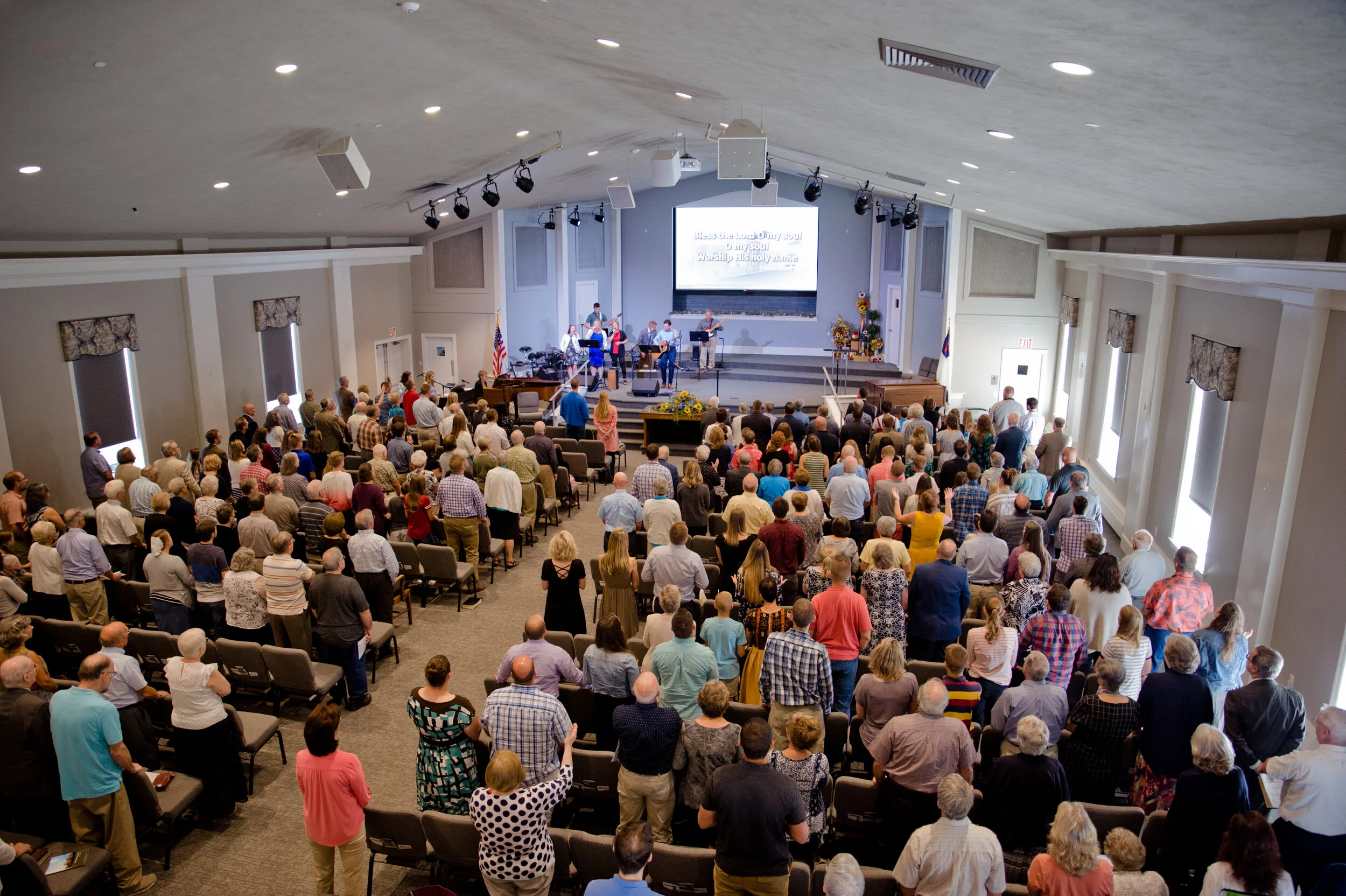Image Source: Google
The Bible: A Brief Overview
- The Bible is a collection of sacred texts or scriptures that hold significance in Christianity and Judaism.
- It is divided into two main sections: the Old Testament and the New Testament.
- The Old Testament contains texts that are sacred in Judaism, while the New Testament focuses on the life and teachings of Jesus Christ. You can also pop over to this link if you're looking for the best bible church in Phoenix.
The History of the Bible
- The Bible was written over a span of thousands of years by multiple authors in different languages.
- It was originally written on scrolls and later compiled into one book as we know it today.
- The process of compiling the Bible into its current form took centuries and involved careful selection and editing by religious leaders.
Key Figures in the Bible
- Adam and Eve: The first humans created by God according to the book of Genesis.
- Abraham: Considered the father of the Jewish people, he made a covenant with God that his descendants would be as numerous as the stars.
- Moses: Led the Israelites out of slavery in Egypt and received the Ten Commandments on Mount Sinai.
- Jesus Christ: The central figure in Christianity, believed to be the Son of God who came to Earth to save humanity from sin.
Interpreting the Bible
- The Bible is a complex text that can be interpreted in a variety of ways.
- Different denominations and individuals may have differing interpretations of certain passages.
- It is important to consider the historical and cultural context in which the Bible was written when interpreting its meaning.
Meaning and Symbolism in the Bible
- The Bible is filled with symbolism and allegory that can have multiple layers of meaning.
- Many stories in the Bible are meant to teach moral lessons or convey deeper spiritual truths.
- Understanding the symbolism in the Bible can enhance one's appreciation of its teachings and messages.
Using the Bible in Worship
- The Bible is a central text in Christian worship and is often read aloud during church services.
- Many churches follow a lectionary, which is a schedule of readings from the Bible that are used in worship services throughout the year.
- Churchgoers may also engage in Bible study groups to deepen their understanding of the text and its meaning.
Common Misconceptions about the Bible
- The Bible is not a single book written by one author, but a collection of texts written by multiple authors over many centuries.
- The Bible should not be taken literally in all cases, as it contains metaphorical and symbolic language that requires interpretation.
- Not all Christians interpret the Bible in the same way, and there is room for diverse perspectives and understandings of its teachings.
Resources for Further Study
- Churchgoers who are interested in learning more about the history and meaning of the Bible can consult various resources, including:
- Commentaries: Books written by scholars that provide in-depth analysis of the text and its historical context.
- Study Bibles: Bibles that include additional notes and explanations to help readers understand the text.
- Online resources: Websites and forums where individuals can ask questions and engage in discussions about the Bible.
Conclusion
- Understanding the history and meaning of the Bible can enhance one's spiritual journey and deepen their faith.
- Churchgoers are encouraged to engage with the Bible through reading, study, and discussion with others.
- By delving into the rich and complex world of the Bible, individuals can gain a deeper appreciation for its teachings and messages.

